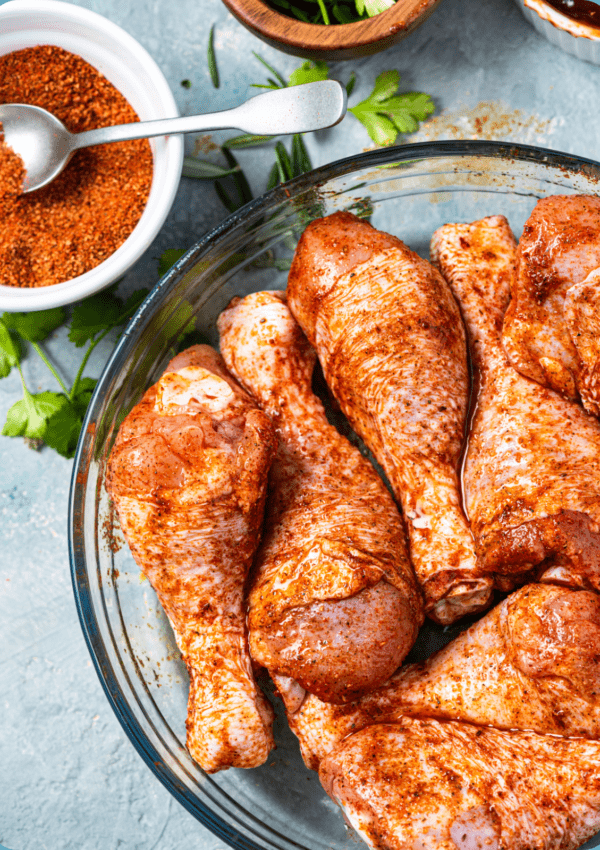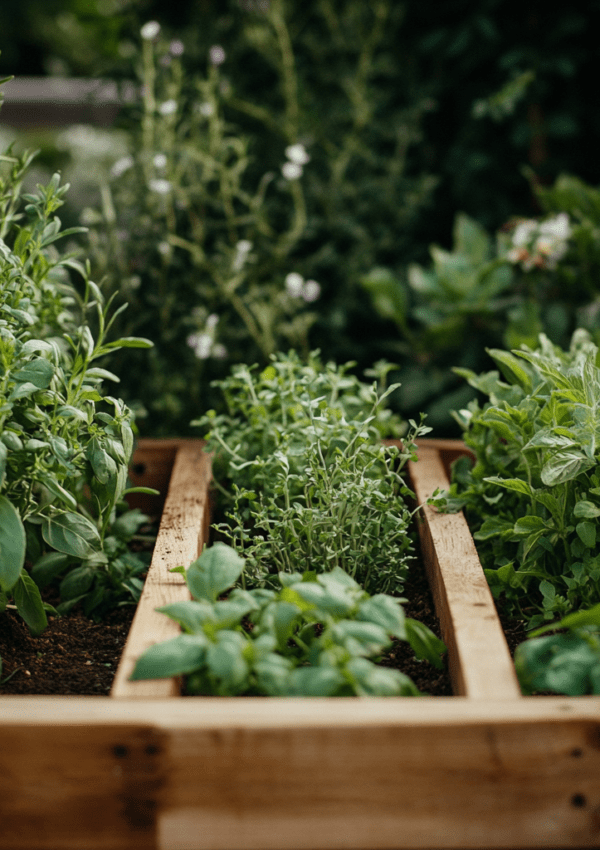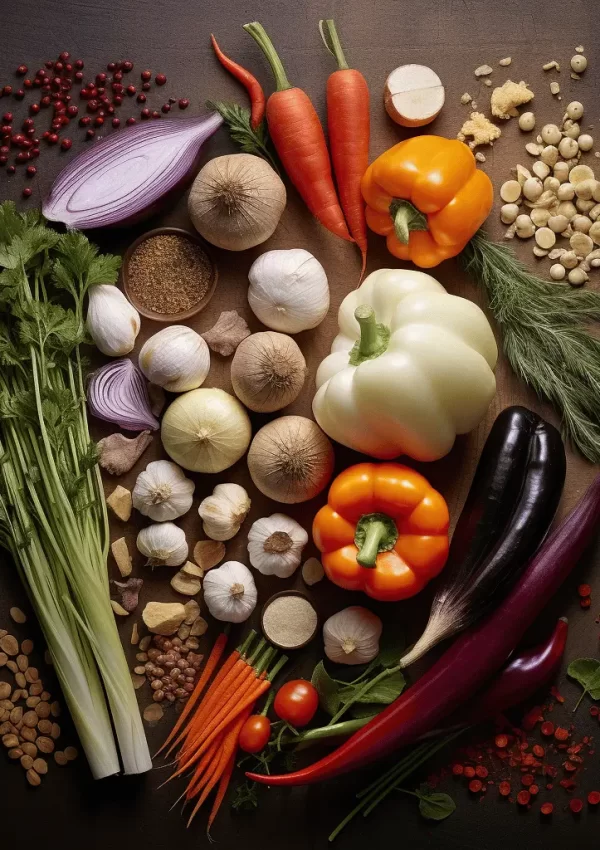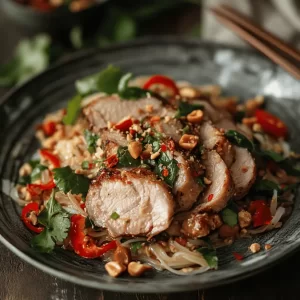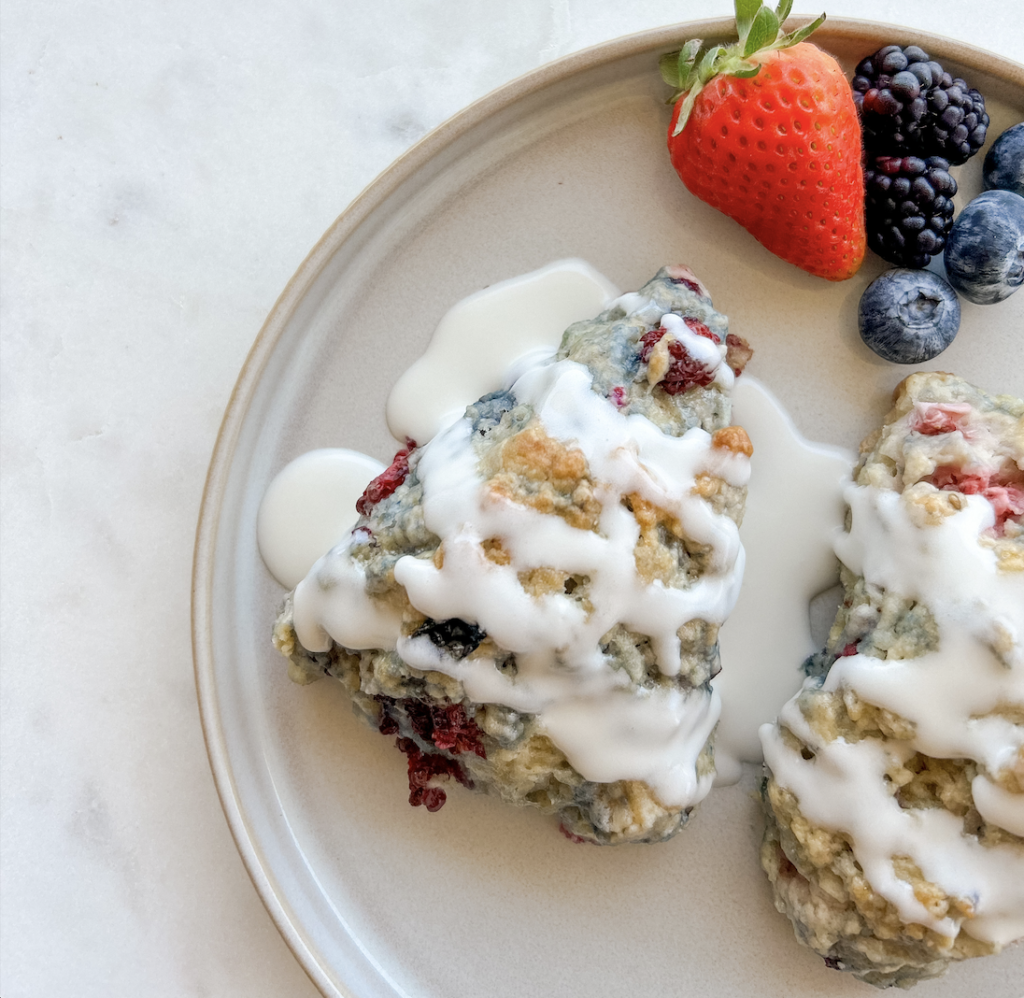Cooking oils are the unsung heroes of the kitchen—they’re not just about preventing food from sticking to your pan; they play a crucial role in flavor, texture, and even the nutritional value of your dishes. With so many options available, it’s easy to get lost in the oil aisle. Today, we’re diving deep into the world of cooking oils: how to use them, what makes each one special, and why they matter for your cooking game.
Since you stopped by, make sure you check out my line of salt & sugar-free seasonings here before you leave!
This post is all about cooking oils.
The Basics of Cooking Oils
Let’s start with the fundamentals: cooking oils are fats extracted from various plants, seeds, or nuts. These oils can either be refined (processed to remove impurities and increase smoke points) or unrefined (kept in their natural state, preserving flavor and nutrients). Understanding the differences between them can help you choose the right oil for any culinary task.
Smoke Point
The temperature at which an oil starts to smoke and break down. Beyond this point, the oil can produce harmful free radicals and develop a burnt taste. Picking the right oil with an appropriate smoke point is essential, especially for high-heat cooking like frying and grilling.
Health Considerations
Oils are composed of different types of fats—saturated, monounsaturated, and polyunsaturated. Generally, unsaturated fats are considered healthier, but there’s a place for every type depending on your dietary needs and cooking method.
[the_ad id=”3378″]
Common Cooking Oils and How to Use Them
Let’s break down some popular cooking oils, what makes each unique, and how best to use them in your kitchen:
Olive Oil
- Types: Extra virgin (unrefined, rich in flavor), virgin, and light (refined, milder flavor).
- Flavor Profile: Fruity, peppery, with a rich, robust taste.
- Uses: Perfect for salad dressings, light sautéing, and drizzling over finished dishes. Avoid high heat to preserve its flavor and nutrients.
- Smoke Point: Medium (350-410°F).
- Pros & Cons: Heart-healthy with antioxidants, but the strong flavor might not work for every dish and shouldn’t be used for deep frying.
Canola Oil
- Flavor Profile: Light, neutral taste that won’t overpower other ingredients.
- Uses: A great all-purpose oil for frying, baking, and sautéing.
- Smoke Point: High (400°F).
- Pros & Cons: Affordable and versatile with a good balance of fats, but often highly processed. Ideal for everyday use where flavor isn’t the focus.
Coconut Oil
- Flavor Profile: Mildly sweet and coconutty, adding a tropical note to dishes.
- Uses: Fantastic in baking, sautéing, and adding richness to smoothies or coffee.
- Smoke Point: Medium (350°F).
- Pros & Cons: Adds a unique flavor and is great for vegan recipes, but it’s high in saturated fat—best used in moderation.
[the_ad id=”3378″]
Avocado Oil
- Flavor Profile: Mild, slightly buttery, and neutral.
- Uses: Excellent for grilling, frying, or making dressings, thanks to its high smoke point.
- Smoke Point: Very high (520°F).
- Pros & Cons: Rich in monounsaturated fats and vitamins, but it can be pricey compared to other oils.
Vegetable Oil
- Flavor Profile: Neutral, with no overpowering flavor.
- Uses: Works well for frying, baking, and everyday cooking.
- Smoke Point: High (400°F).
- Pros & Cons: Affordable and readily available, but often a blend of various refined oils that may lack distinctive flavor or nutrients.
Peanut Oil
- Flavor Profile: Mild and slightly nutty, perfect for Asian-inspired dishes.
- Uses: Commonly used in stir-fries, frying, and high-heat cooking.
- Smoke Point: High (450°F).
- Pros & Cons: High smoke point makes it ideal for frying, but be aware of peanut allergies.
[the_ad id=”3378″]
Sesame Oil
- Flavor Profile: Nutty and rich, with a strong flavor that elevates many dishes.
- Uses: Best used as a finishing oil or in marinades for Asian cuisine.
- Smoke Point: Low (350°F).
- Pros & Cons: Fantastic for adding depth to dishes but burns easily, so keep it out of high heat.
Ghee and Clarified Butter
- Flavor Profile: Deep, buttery, and slightly nutty, bringing rich flavor to every dish.
- Uses: Sautéing, roasting, and traditional Indian cooking.
- Smoke Point: High (485°F).
- Pros & Cons: Lactose-free with a high smoke point, but still high in fat. Perfect for when you need that extra flavor punch.
Specialty Oils: Elevating Your Cooking Game
Beyond the classic cooking oils, specialty oils like walnut, grapeseed, and truffle bring their own unique flair to the kitchen.
Walnut oil offers a rich, nutty flavor that’s perfect for salad dressings, drizzling over roasted veggies, or adding depth to baked goods—just keep it out of high heat as it’s delicate.
Grapeseed oil, with its neutral flavor and high smoke point, is a versatile go-to for sautéing and frying when you want the food to shine without added taste from the oil.
And let’s not forget truffle oil—a luxurious finishing touch that adds an earthy, umami punch to pasta, fries, or popcorn. These oils may be on the pricier side, but they’re the secret weapon for adding that “wow” factor to your dishes!
Food Science Spotlight: Why Smoke Points Matter
When oil is heated past its smoke point, it begins to break down, releasing free radicals and harmful compounds that can negatively affect flavor and health. Beyond this temperature, you’ll notice the oil smoking—a clear sign it’s too hot. Choosing the right oil for your cooking method helps maintain flavor integrity and ensures your food stays healthy and delicious.
[the_ad id=”3378″]
How to Store Your Oils for Freshness
Proper storage is key to preserving the quality of your oils. Keep them in a cool, dark place like a pantry, and ensure the bottles are tightly sealed. Light, heat, and air are the enemies of fresh oil, causing it to spoil faster and develop off-flavors. And if your oil smells funky or rancid, it’s time to toss it!
Pro Tip: Use dark glass bottles or opaque containers to protect oils from light exposure, which can speed up the degradation process.
Pro Tips for Choosing the Right Oil
- Match your oil to your cooking method: High-heat cooking like frying? Go for oils with high smoke points like avocado or peanut oil. Low-heat sautéing? Olive oil or butter will do the trick.
- Consider the flavor profile: A neutral oil won’t overpower your dish, while a strong-flavored oil can enhance it—think sesame oil in Asian dishes or coconut oil in tropical recipes.
- Health benefits: Opt for oils rich in unsaturated fats, like olive or avocado oil, when you can.
[the_ad id=”3378″]
Cooking oils are more than just a slick in your pan—they’re essential to flavor, texture, and the overall success of your dish. By understanding the different types of oils, their smoke points, and how to best use them, you’ll elevate your cooking to a whole new level. So go ahead, experiment with new oils in your kitchen, and watch your dishes shine!
This post was all about Cooking Oils!
Ready to level up your cooking game? Try out these tips and let us know how it goes! Make sure to tag me @thespicegirlkitchen_ on Instagram or @thespicegirlkitchen on TikTok!


